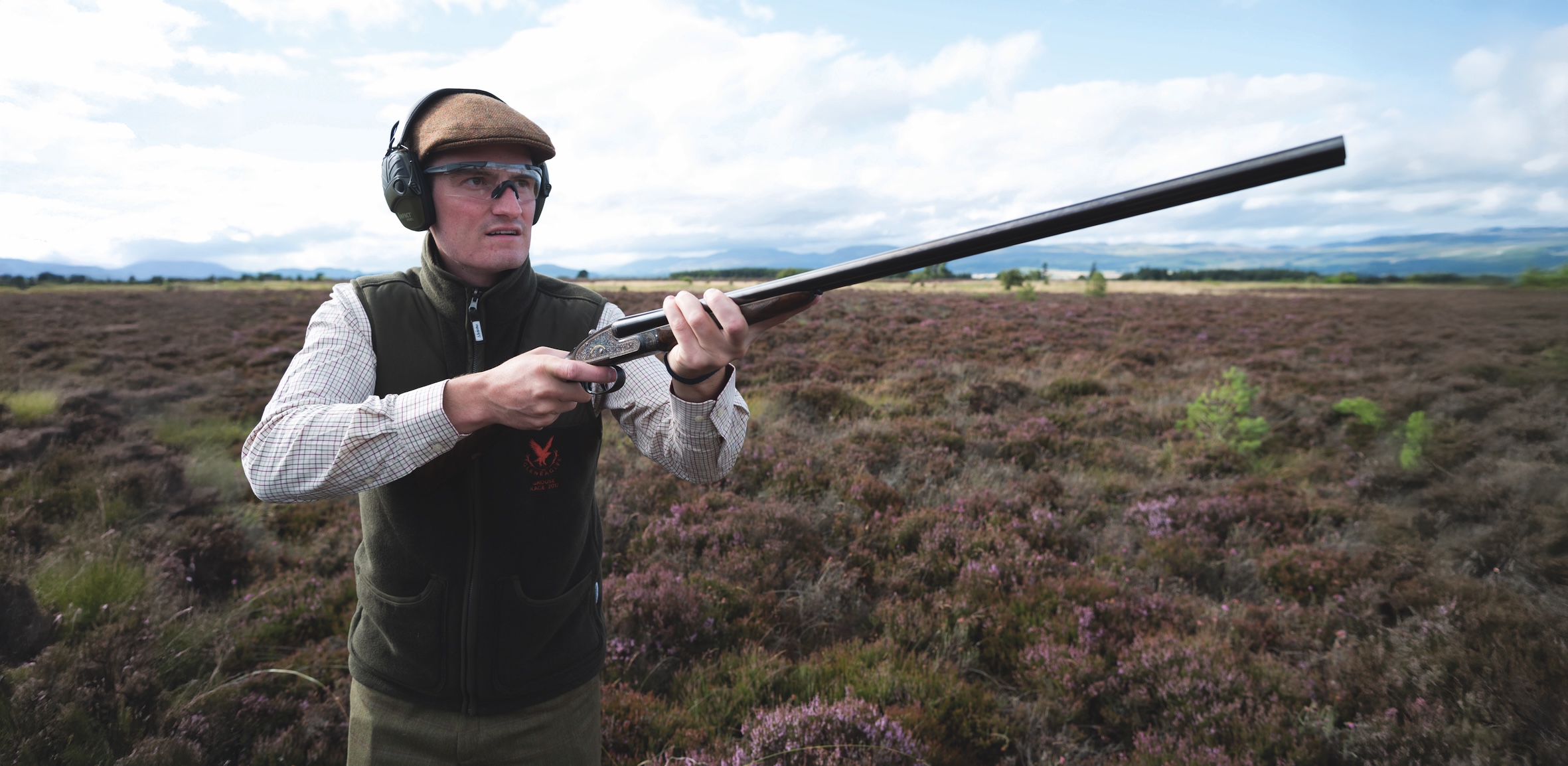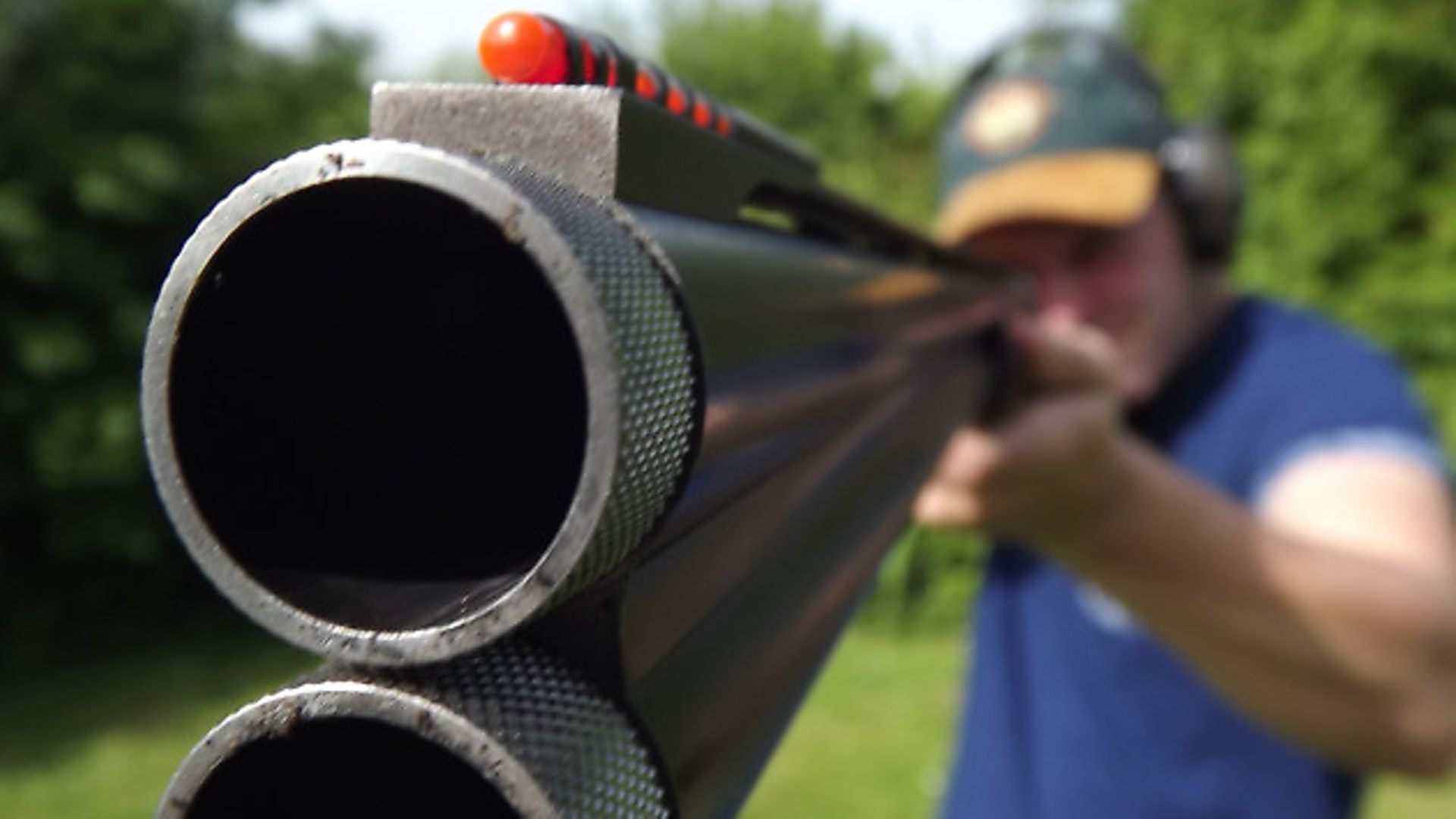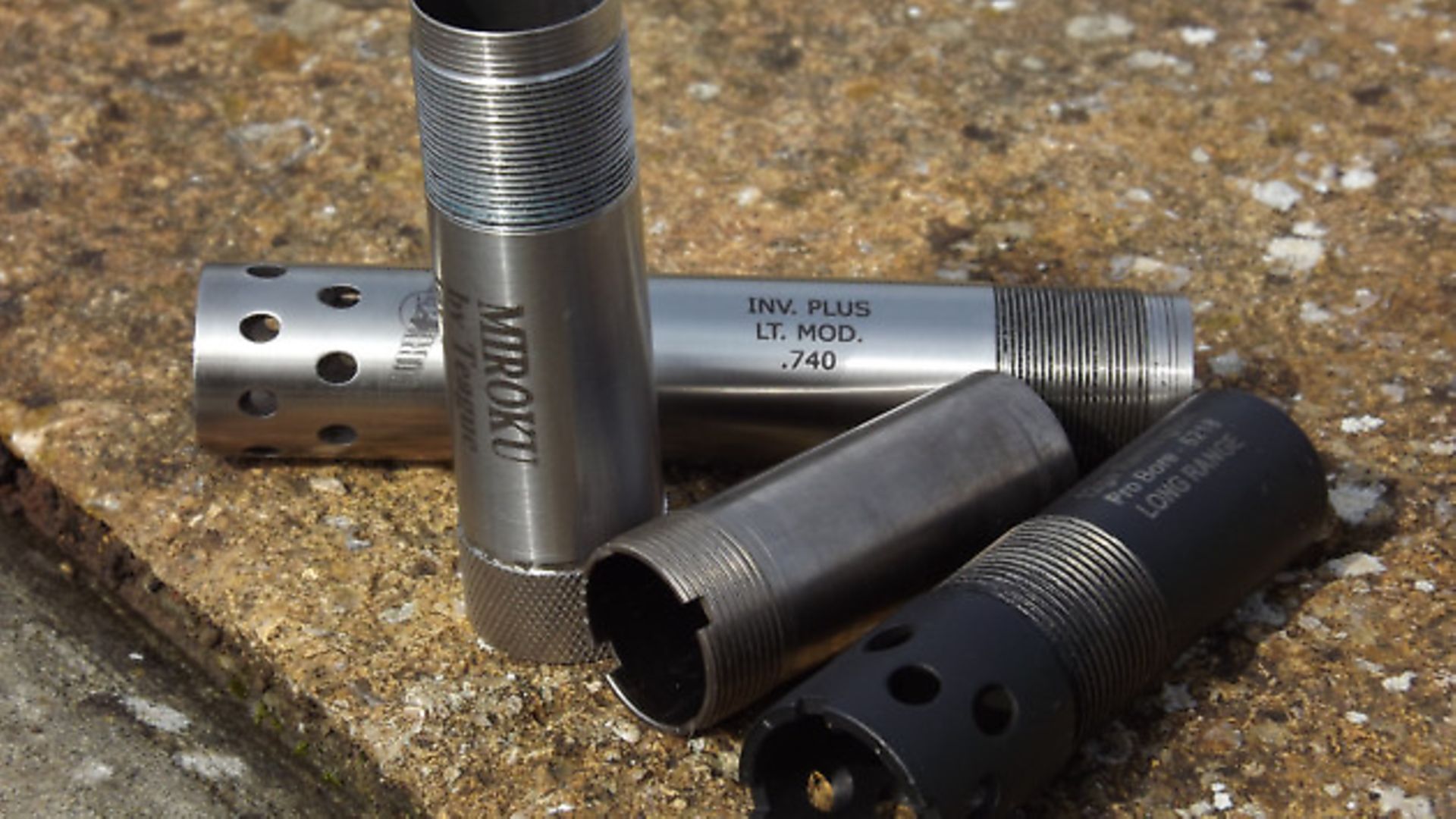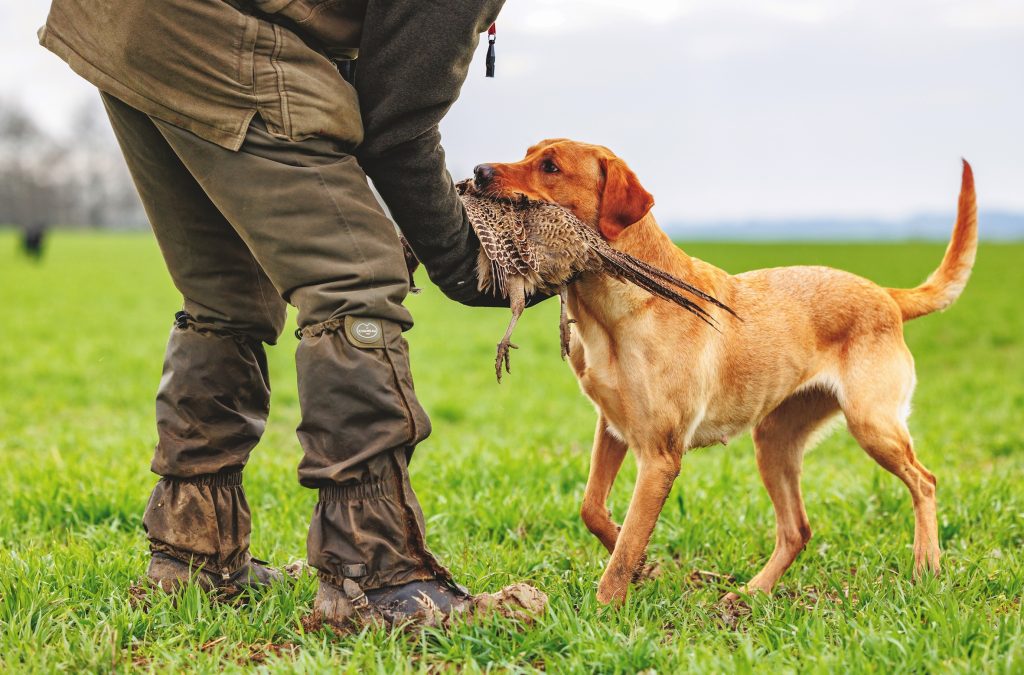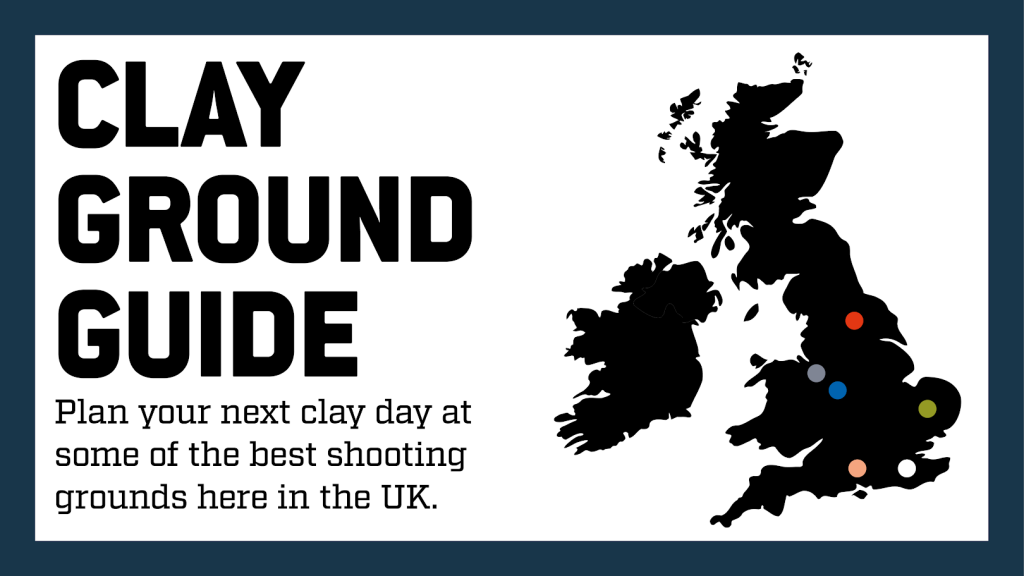Chokes – what they are and how to pick one!
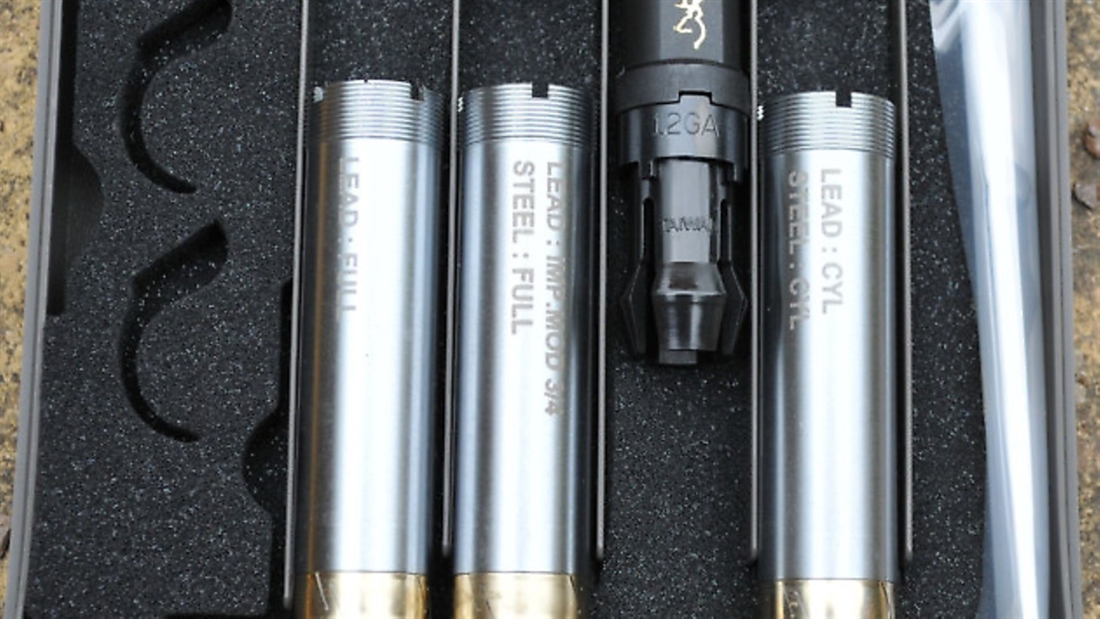
Learn all you need to know about chokes and how to go about selecting the right one; including suggestions for choke choice at different ranges, on clays, and on game
What is a choke?
A choke is a form of constriction near the end of the barrels that squeezes the shot as it is launched out of the muzzle of the gun. It determines the spread of shot from the cartridge and can be hugely beneficial for both game and clay shooting.
Choke sizes explained
A gun with no choke is referred to as ‘cylinder’ and the measurement in inches is .000”. After ‘cylinder’ is ‘skeet’ with a measurement of .005”. After ‘skeet’ comes ‘¼’ at 0.10”, followed by ‘½’ at 0.20”, ‘¾’ at 0.25”, and ‘full’ at 0.35”. Most modern day shotguns will have, for example, ‘½’ embossed on the tube itself, to inform you of the amount of choke, thus allowing for easier selection.
Choosing the right choke
The type of shooting you will be doing plays a very important part in choke selection. Take, for example, a Trap gun that you are using to shoot Sporting clays. The Trap gun is set up for the sole purpose of cleanly breaking 60 yard edge-on clays. Sporting clays tend to be no further than 30 yards. If you were to use a ¾ or full choke with this type of gun for Sporting targets, you may as well be trying to shoot them with a rifle! The full choke would likely place 70-75% of your shot in a 30” circle at 40 yards, a very limited spread of shot, meaning you would have to be extremely precise to connect with your target – if you were even slightly off, you would miss.
If you shoot a variety of game, pigeon and Sporting clays, the best options are often relatively open chokes, such as ¼ or ½. This would give a fair margin of error if you were just off the target.
You can use a combination of chokes, a different choke for the top and bottom barrels (or the left and right, depending on whether you’re using a side-by-side or an over-and-under). If you were shooting Sporting clays, for example, this allows you to choose the wider choke for a bolting rabbit, and the tighter for a rangier crosser.
For driven game, it’s recommended to not use anything tighter than ½ even when shooting late season birds with 32g no.5 shot. For partridge, it is recommended to use Skeet or ¼ at the most, teamed with 30g no. 6 shot.
Test your decision
One thing to consider is that the majority of plastic wad cartridges will shoot a choke tighter than their fibre wad equivalents. Only by experimenting with different brands of cartridge and different sizes of choke on the pattern plate will you really see the results and benefits. You want to look for an even distribution of shot within a 30” circle. You can also take a midi-sized clay and hold it up to the pattern, to determine whether it would slip through unscathed. This is about the size of the vital kill area on a partridge too.
Suggestions for chokes at different ranges, allowing for 70% of the pattern within a 30” circle:
• 40-50 yards – full choke
• 35-40 yards – ½
• 30-35 yards – ¼
• 25-30 yards – skeet



